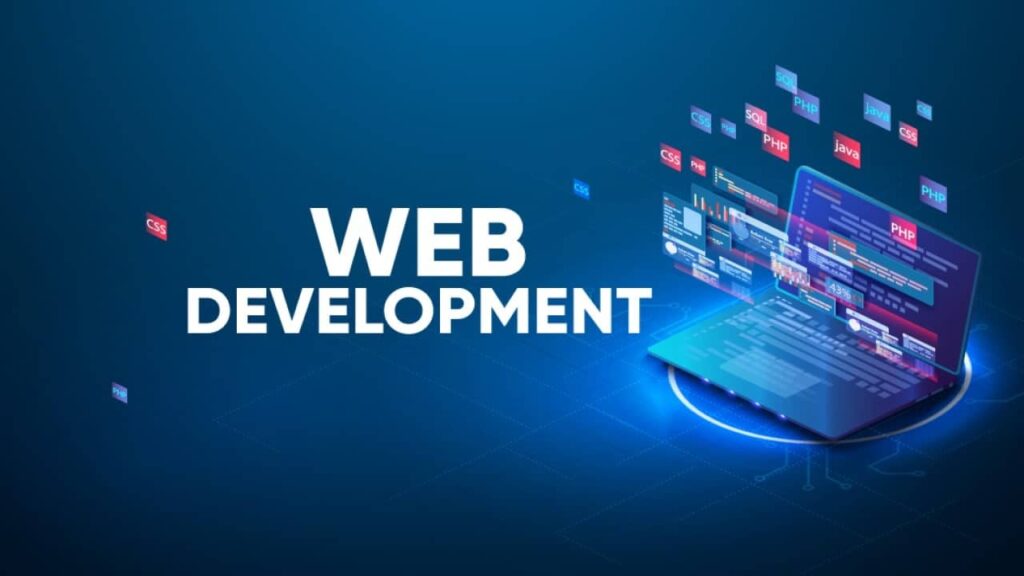In the ever-evolving world of web design, where screens come in all shapes and sizes, catering to diverse user experiences is paramount. This is where responsive and adaptive design enter the scene, offering two distinct approaches to ensure your website thrives across various devices. But which one reigns supreme?
Responsive Design: The Fluid Chameleon
Imagine a chameleon seamlessly changing its colors to blend with its surroundings. Responsive design adopts a similar philosophy, using fluid grids and media queries to adapt a website’s layout and content to any screen size. Think of it as a single website that adjusts like a flexible garment, whether viewed on a desktop, tablet, or smartphone.
Key characteristics of responsive design:
- One codebase for all devices: Maintains a single website code, simplifying development and maintenance.
- Fluid layouts: Uses flexible grids and percentages to adjust content and elements based on screen size.
- Media queries: Employs media queries to target specific screen sizes and adjust styles accordingly.
- Focus on user experience: Prioritizes a seamless and consistent user experience across all devices.
Benefits of responsive design:
- Cost-effective: Requires less development effort compared to multiple fixed layouts.
- Easy maintenance: Changes made once apply to all devices.
- Faster loading times: Single codebase reduces page weight and improves speed.
- SEO-friendly: Search engines favor responsive websites due to consistent content and indexing.
Limitations of responsive design:
- Less granular control: May not offer the same level of customization as adaptive design for specific devices.
- Complex layouts: Can be challenging to adapt intricate layouts flawlessly to all screen sizes.
Adaptive Design: The Jigsaw Master
Think of adaptive design like a jigsaw puzzle, with each piece representing a pre-designed layout for different screen sizes. Unlike the chameleon, it presents specific website versions tailored to popular devices like desktops, tablets, and smartphones.
Key characteristics of adaptive design:
- Multiple fixed layouts: Creates separate versions of the website for each targeted device size.
- Device-specific optimization: Tailors content, layout, and functionality for each device.
- Breakpoints: Defines specific screen sizes where layout changes occur.
- Greater control: Offers more granular control over the user experience for each device.
Benefits of adaptive design:
- Device-specific optimization: Provides the best possible experience tailored to each device’s strengths and limitations.
- Faster loading times for mobile devices: Smaller, optimized layouts can load faster on mobile networks.
- More control over complex layouts: Ideal for intricate designs that require different approaches on different devices.
Limitations of adaptive design:
- Increased development and maintenance costs: Requires creating and maintaining separate layouts for each targeted device.
- Potential SEO issues: Duplicate content across different versions can create challenges for search engines.
- Less flexible for future devices: New screen sizes might require additional development effort.
Choosing Your Champion: Responsive vs. Adaptive
The ideal approach depends on your specific needs and priorities. Consider these factors:
- Website complexity: Responsive design works well for simpler websites, while adaptive excels for intricate layouts.
- Budget and resources: Responsive is generally more cost-effective, while adaptive requires more development resources.
- Target audience: Consider the devices your audience primarily uses.
- SEO goals: Responsive is generally more SEO-friendly.
- Maintenance needs: Responsive requires less ongoing maintenance.
Beyond the Binary: Hybrid Approaches
In some cases, a hybrid approach combining elements of both responsive and adaptive design might be the best solution. This allows you to enjoy the flexibility of responsive for most devices while utilizing device-specific optimizations for key screens.
The Verdict: It’s Not About “Better,” It’s About “Best Fit”
Responsive and adaptive design are not competitors, but rather tools in your web design arsenal. Understanding their strengths and limitations will empower you to choose the approach that best resonates with your website’s unique needs and audience. Remember, the ultimate goal is to deliver an exceptional user experience across all screens, regardless of which design philosophy you adopt.


